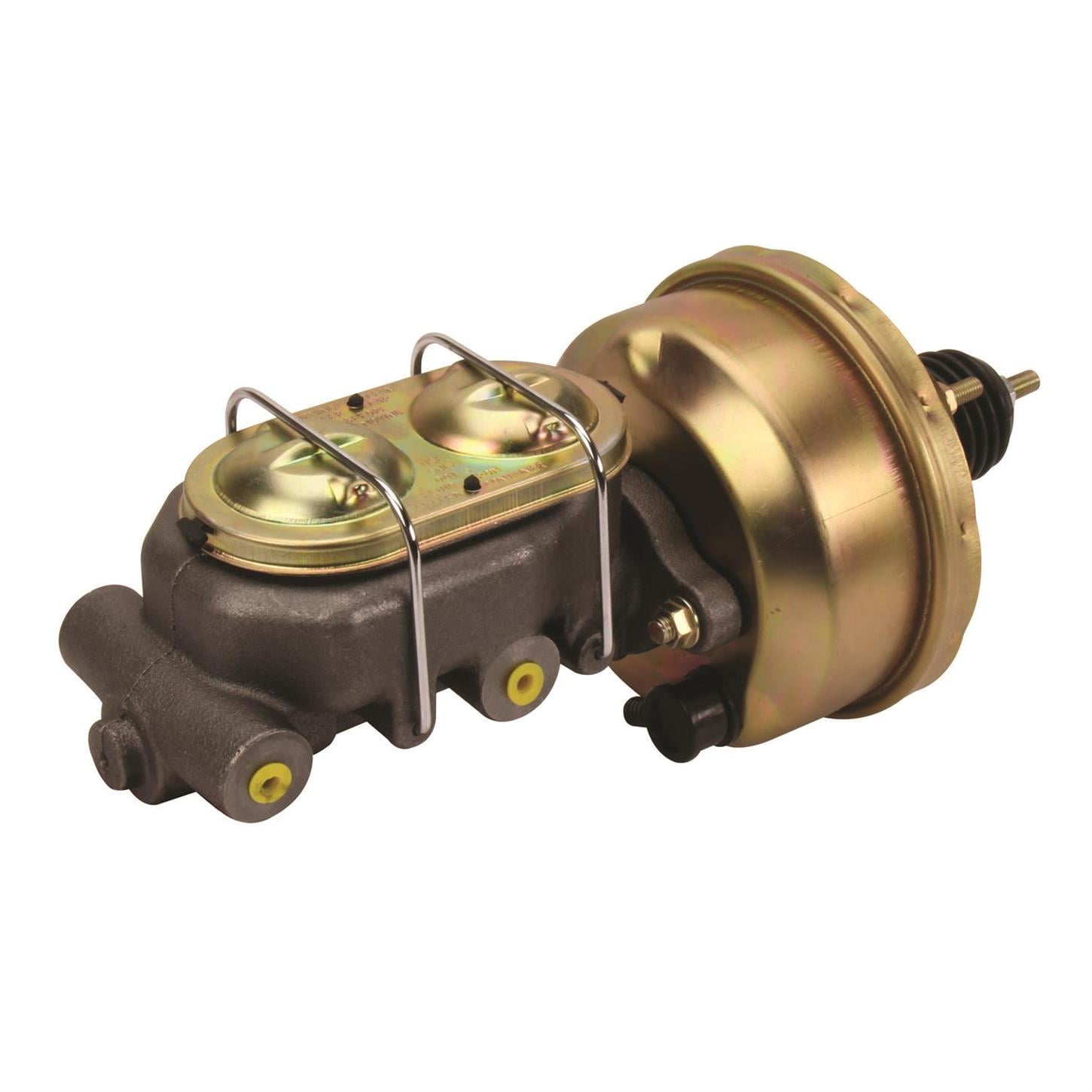
Your car has power brakes but it feels like you have to stand on the brake pedal to get your car to stop, even at city street speeds. Notice the bleeder kit at the bottom of the image. The Brake Pedal That Stays Hard but Doesn’t Stop the Car This is a photo of a non-power master cylinder from an early model Pontiac Grand Prix. I describe bleeding the brakes at the end of this article. The fix for this is to bleed the air out of the hydraulic system, bleeding the brakes. This property of brake fluid is what makes it ideal for use in automotive brake systems, while air is pretty bad. Braking force applied to the wheels is lower and you have to step on the pedal harder to stop the car. This is the brake pedal that goes farther than normal and then feels like it wants to bounce back a little. The Brake Pedal That Feels Like a Weak Spring Replacing is in and out with a slight detour, while rebuilding isn’t much different than rebuilding calipers once you’ve got it off and apart in that both require you to ensure the seal mating surfaces are blemish-free. The fix for this is either replacing the master cylinder or rebuilding it. One or more of the inner seals on the piston inside have failed and fluid pressure is bypassing that/those seal(s) and returning to the reservoir. What I’ve just described is a brake master cylinder that is bypassing. A bypassing master cylinder leaks between pressure and return ports for one or both reservoirs. What’s really got you scratching your head is the fact that the reservoir is full. However, you’ve spent an hour or more under the car looking, you’ve even used a leak detector kit. You know that a pedal that sinks to the floor is a sign of a leak in the system and a slowly sinking pedal means a slow leak. I’m talking about the pedal sinks to the floor with nothing more than normal braking pressure applied. I first have to mention that I don’t mean that the pedal sinks to the floor when you apply your whole to it. The Brake Pedal That Slowly Sinks to the Floor This is an example of an aluminum-bodied master cylinder with a plastic reservoir.

The brake booster is mounted between the master cylinder and the wall on newer or converted/upgraded cars. On newer cars this is an aluminum body with a plastic fluid reservoir and a cam-lock cap. On older cars, it’s metal and has a flat metal (cast steels) cover held on by a banjo that snaps over and into grooves on top of the cover. The master cylinder is the brake system component under the hood that sits against the firewall/bulkhead between the engine and passenger compartment fright in front of the steering wheel. This is an example of a power master brake cylinder with cast metal body and power booster out of an early model Buick Riviera.įirst let’s talk about what I mean when I say master cylinder and brake booster, as not all of us know yet. What if I told you that finding and fixing most brake problems that originate under the hood is actually pretty simple and you can normally do it in less than an afternoon? Well, it is, and I can. But wait, when you check, the master cylinder is full! You could take your car to a shop and (sometimes) pay to have it inspected/diagnosed, but this can be a time-consuming process that often requires an appointment.

you start slowing down and your foot slowly sinks to the floor. Imagine you’re driving down the road and the light changes.
#POWER BOOSTER MASTER CYLINDER HOW TO#
Keep Reading to find out how to save time and money fixing brake problems yourself.


 0 kommentar(er)
0 kommentar(er)
